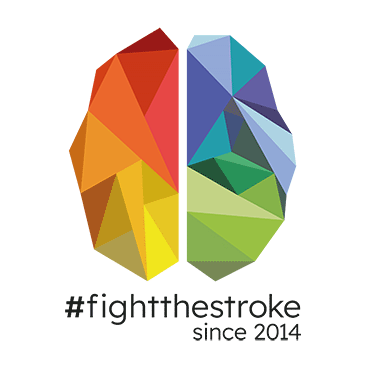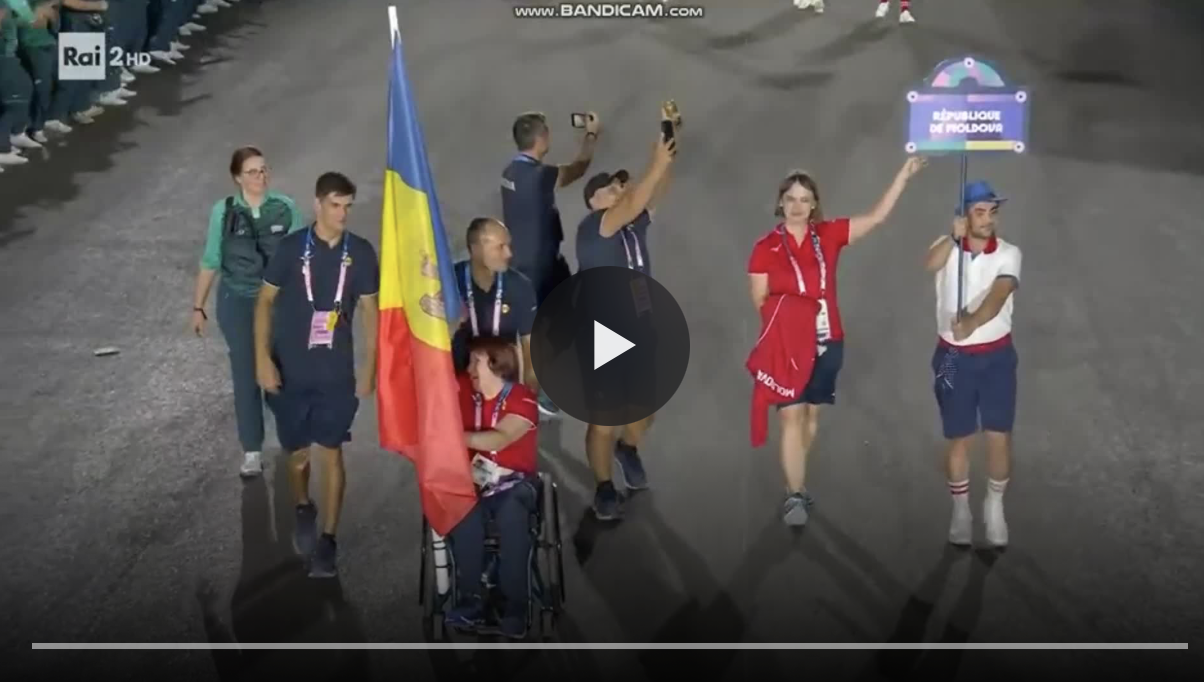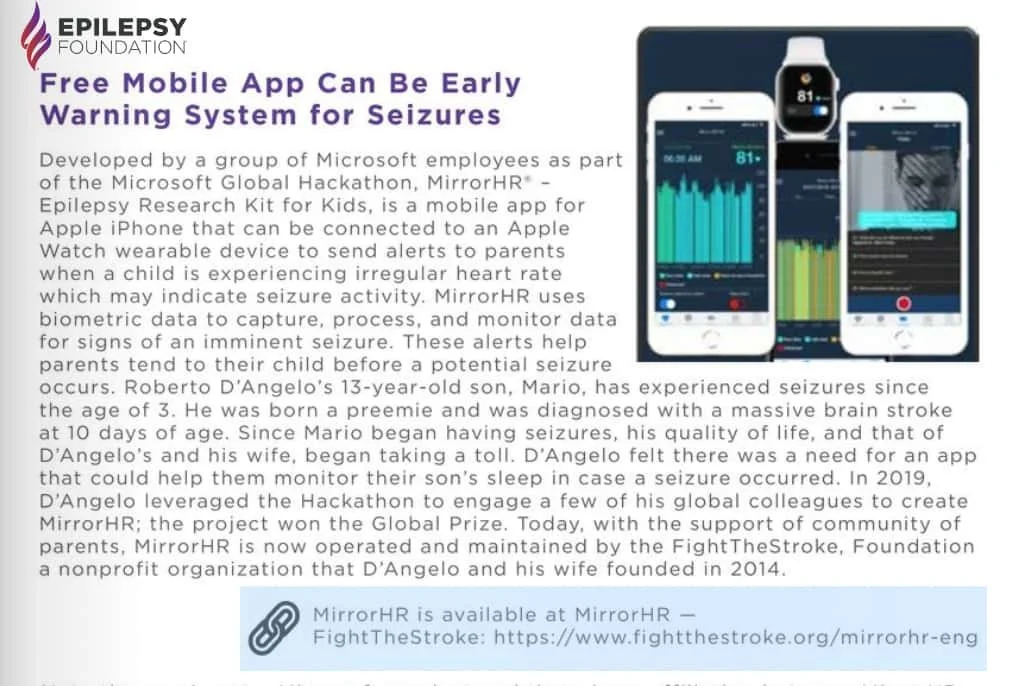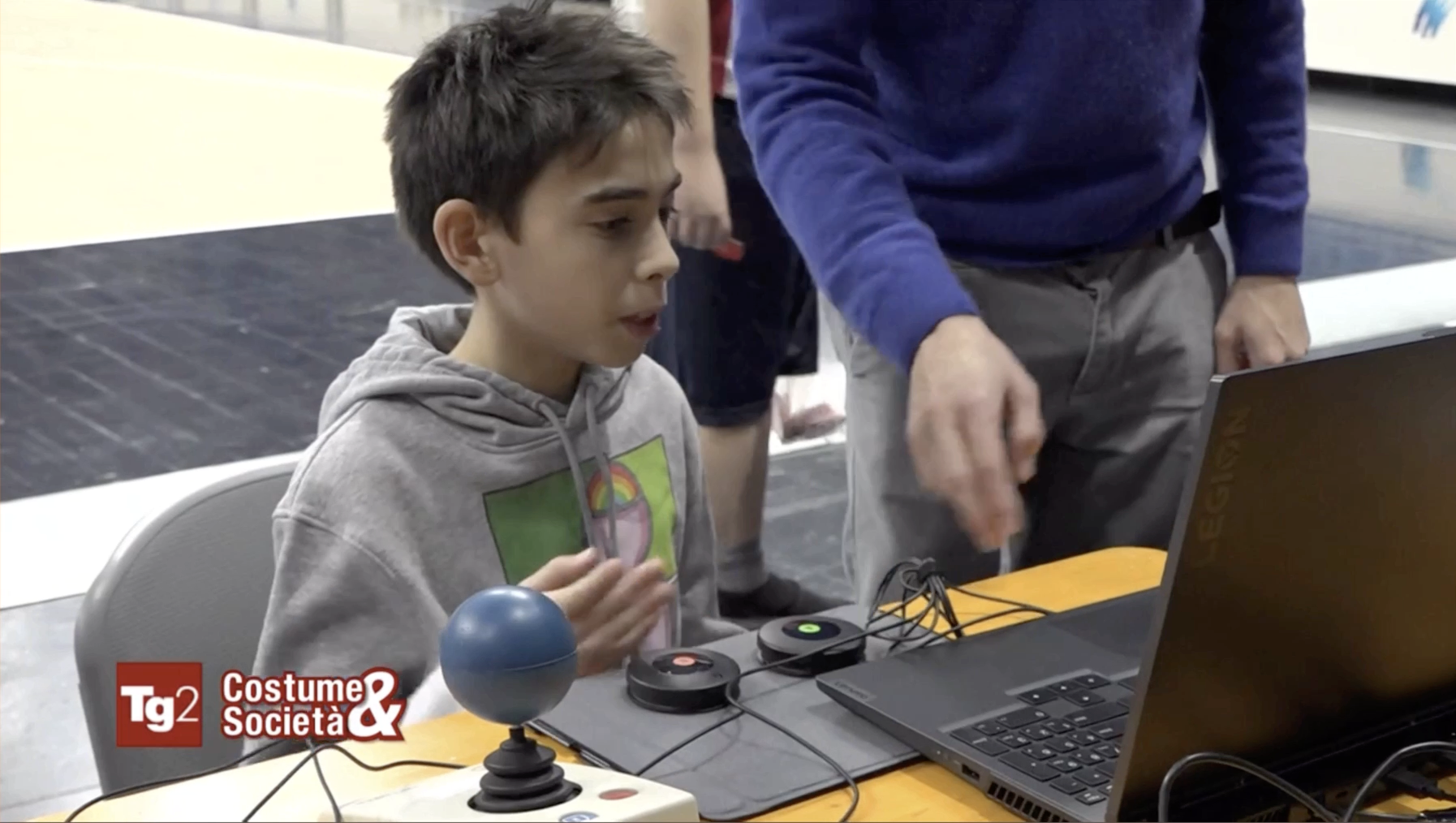According to the World Health Organization, around 50 million people worldwide have epilepsy, making it one of the most common neurological diseases in the world. Nearly 80% of people with epilepsy live in low- and middle-income countries. It is estimated that up to 70% of people living with epilepsy could live seizure-free, if properly diagnosed and treated.
Epilepsy is one of the world’s oldest recognized conditions, with written records dating back to 4000 BC. Fear, misunderstanding, discrimination and social stigma have surrounded epilepsy for centuries. Unfortunately this stigma continues in many countries today and can negatively impact the quality of life for people with the disease and their families.
Epilepsy is characterized by recurrent seizures, which are brief episodes of involuntary movement that may involve a part of the body (partial) or the entire body (generalized). Seizure episodes are a result of excessive electrical discharges in a group of brain cells. Seizures can vary from the briefest lapses of attention or muscle jerks to severe and prolonged convulsions, and can also vary in frequency, from less than 1 per year to several per day.
As a former epileptic myself, I was lucky to have amazing parents who devoted their lives to helping me get treatment for the problem and helping resolve it by the time I was fourteen. But there are millions of children around the world who aren’t as lucky as I was. And for them and their parents, there is a slim window of time when a seizure starts when treatment can be administered, that saves a harrowing trip to the emergency room. This leads to many sleepless nights and much stress on the part of parents as one of their biggest fears is that a seizure could lead to what is called SUDEP (sudden unexpected death in epilepsy.) If a seizure is about to happen, parents can catch it at the onset and take immediate actions, such as preventing falls or other trauma, or making sure the child doesn’t swallow vomit.
Two such parents who decided to do something about it were Microsoft Italy employee Roberto D'Angelo (who was a director of program management on the Commercial Software Engineering team, based in Milan) and his wife Francesca Fedeli, who discovered shortly after their son Mario was born, that he had experienced a prenatal seizure, affecting his motor skills and the right side of his brain.







